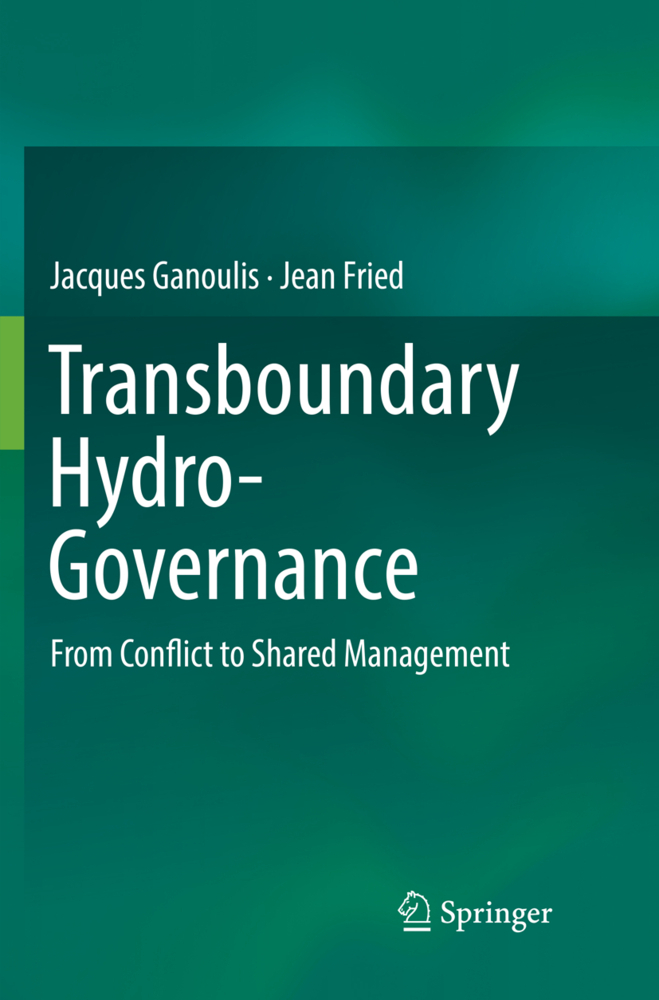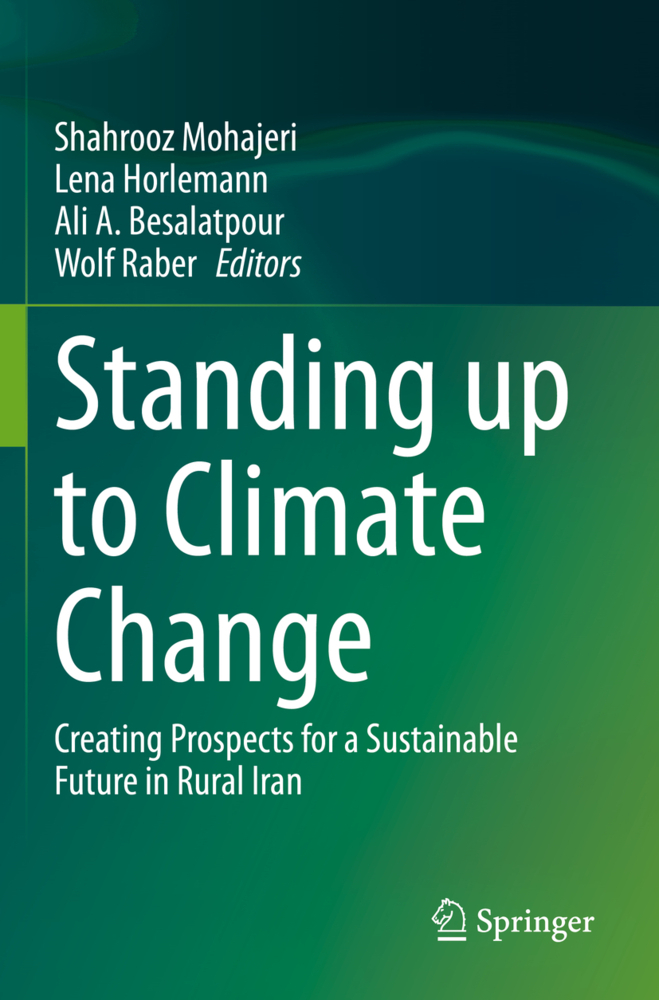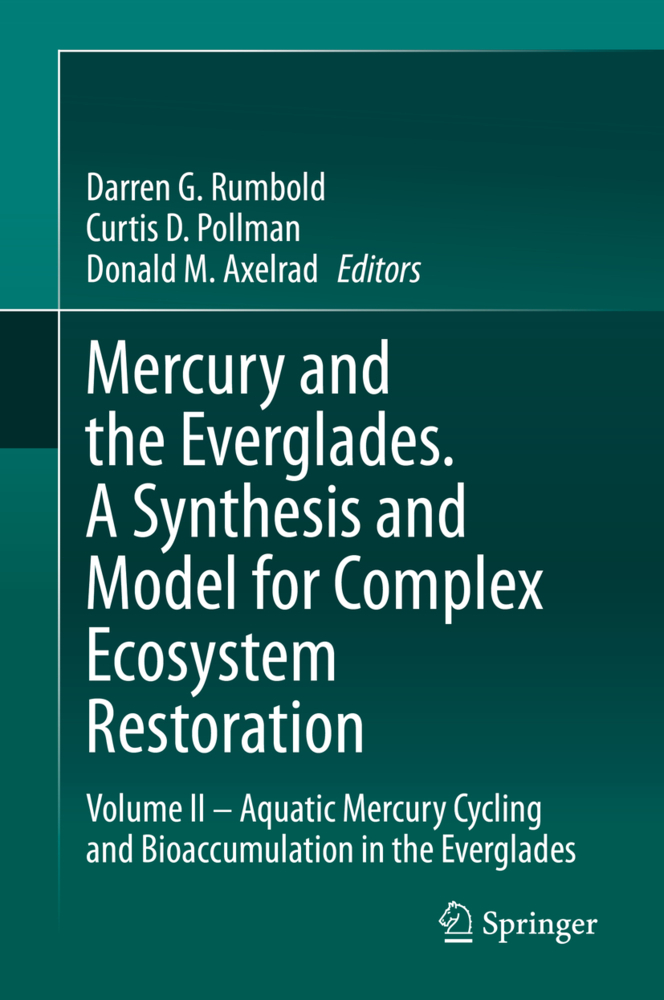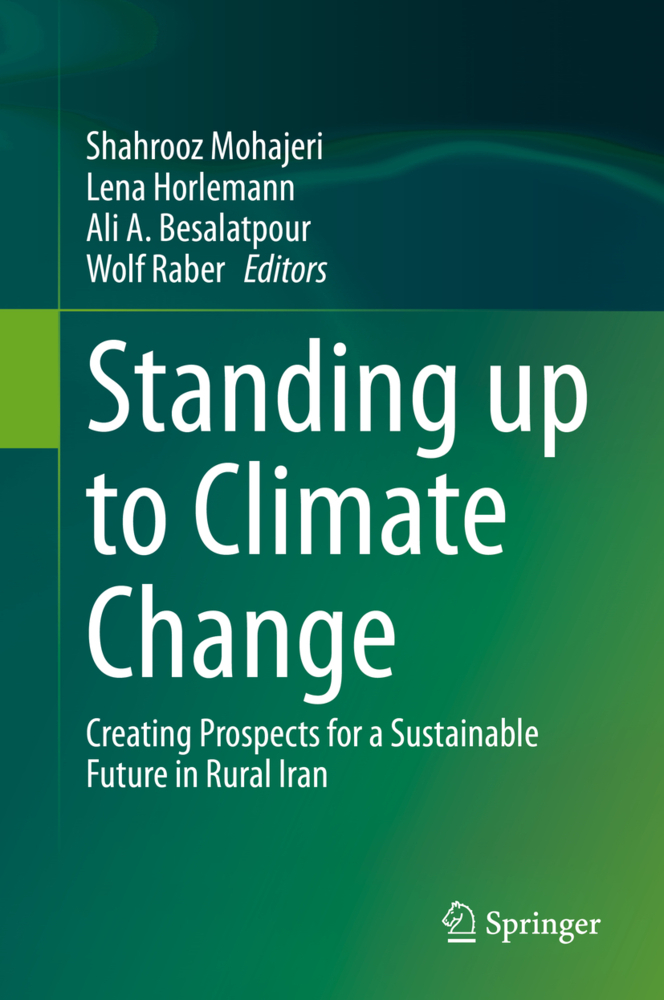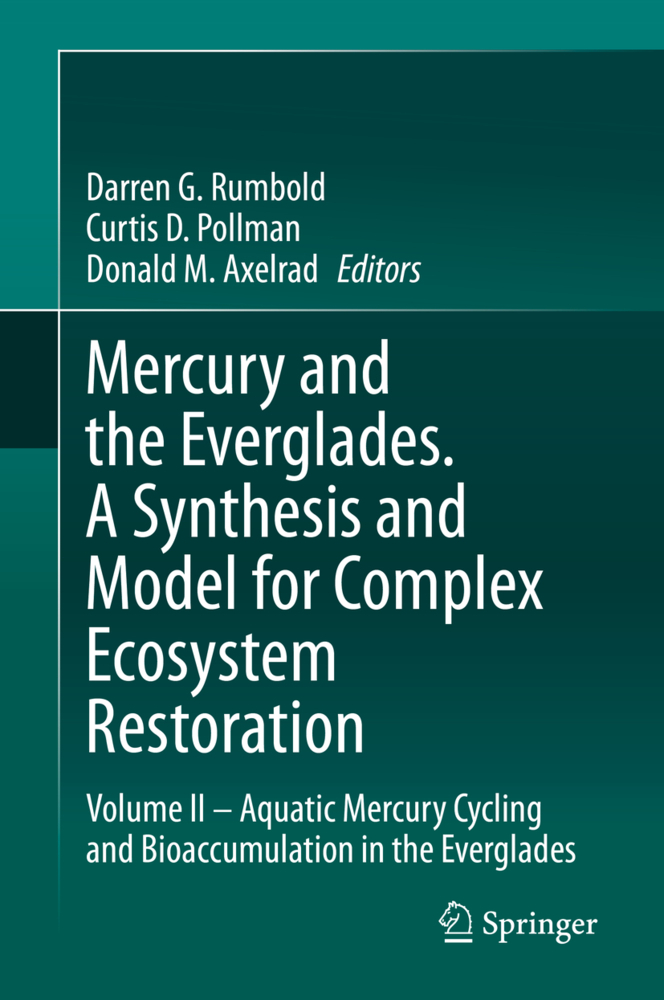Water Quality
Water Quality
This volume is of great importance to humans and other living organisms. The study of water quality draws information from a variety of disciplines including chemistry, biology, mathematics, physics, engineering, and resource management.
University training in water quality is often limited to specialized courses in engineering, ecology, and fisheries curricula. This book also offers a basic understanding of water quality to professionals who are not formally trained in the subject.
The revised third edition updates and expands the discussion, and incorporates additional figures and illustrative problems. Improvements include a new chapter on basic chemistry, a more comprehensive chapter on hydrology, and an updated chapter on regulations and standards.
Because it employs only first-year college-level chemistry and very basic physics, the book is well-suited as the foundation for a general introductory course in water quality. It is equally useful as a guide for self-study and an in-depth resource for general readers.
Chapter 1 Physical Properties of Water
Introduction
The Water Molecule
Structure
Dipolar nature
Size
Properties of Water
Thermal characteristics
Vapor pressure
Density
Surface phenomena
Viscosity
Elasticity and compressibility
Water pressure
Dielectric constant
Conductivity
Transparency
Conclusions
References
Chapter 2 An Overview of Hydrology
Introduction
The Hydrologic Cycle
Evaporation
Measurement
Rainfall
Measurement
Soil Water
Groundwater
Runoff and Streams
Lakes, Reservoirs, and Ponds
Wetlands
Water Measurements
Overland flow
Stream flow
Volumes of water bodies
Water Budgets and chemical mass balance
Oceans and Estuaries
Conclusions
References
Chapter 3 Water Temperature (new chapter)
Introduction
Energy, Heat, and Temperature
Solar Radiation and Heating
Heat Transfer in Water bodies
Stream Temperatures
Lakes, Reservoirs, and Ponds
Thermal Stratification
Heat budgetsThermal stratification process
Patterns of lake stratification
Stratification in ponds
Ice coverEffects of water quality
Temperature in Water Quality
Physical aspects
Chemical reactions
Biological processes
Conclusions
References
Chapter 4 Dissolved Solids
Introduction
Dissolved Solids and Their Measurement
Dissolved or suspended - particle sizes
Major cations and anions
Total dissolved solids
Total dissolved organic matter
Salinity
Specific conductance
Alkalinity and hardness
Cation-Anion Balance
Accuracy checks
Concentrations of Major Ions in Natural Waters
Rainwater
Inland surface water
Groundwater
Coastal and ocean water
Minor Ions and Other Solutes
Relative Abundances of Elements
Total Dissolved Solids and Colligative Properties
Vapor pressure
Freezing and boiling points
Osmotic pressure
Removal of Dissolved Solids
Ion exchange
Activated carbon
Desalination
Conclusions
References
Chapter 5 Particulate Matter, Color, Turbidity, and Light
Introduction
Suspended Particles
Sources
Settling characteristics
Colloidal particles
Humic Substances and Color
Turbidity and Light Penetration
Assessment of Turbidity and Color
Direct turbidity measurement
Suspended solids
Settleable solids
Secchi disk
Color
Visual Aspects of Water Bodies
Suspended Solids Removal
Water shed protection
Sedimentation basins
Coagulation
Filtration
Conclusions
References
Chapter 6 Dissolved Oxygen and Other Gases
Introduction
Atmospheric Pressure
Gas Solubility
Partial pressure
Henry's law constant and Bunsen coefficient
Weight of air in water
Use of gas solubility tables
Percentage saturation and oxyen tension
The DeltaP
Gas Transfer
Stream re-aeration
Concentrations of Dissolved Oxygen
Oxygen and Carbon Dioxide in Respiration
Conclusions
References
Chapter 7 Redox Potential
No changes in outline.
Chapter 8 pH, Carbon Dioxide, and Alkalinity
Introduction
pH
The concept
Calculations
pH of natural watersCarbon Dioxide
Total Alkalinity
Measurement of alkalinity
Sources of alkalinity
Comments on alkalinity equilibria
Buffering
Alkalinity of Natural Waters
Effects on Aquatic Life and Water use
pH
Carbon dioxide
Alkalinity
Conclusions
References
Chapter 9 Acidity (new chapter)
Information
Definition of Acidity
Measurement of Acidity
Sources of Mineral Acidity in Surface Waters
Acid-sulfate soils
Acidic, atmospheric deposition
Acidic mine drainage
Effects of Mineral Acidity on Water Quality
Water quality
Mitigation of Mineral Acidity
Conclusions
References
Chapter 10 Total Hardness
No changes in outline.
Chapter 11 Microorganisms, Macrophytes, and Water Quality
Introduction
Bacteria
Nutrients
GrowthAerobic respiration
Oxygen stoichiometry in aerobic respiration
Anaerobic respiration
Environmental effects on bacterial growthEstimating bacterial abundance
Sediment Respiration
Phytoplankton
Biology
Photosynthesis
Biochemical assimilation
Factors controlling phytoplankton growth
Estimating phytoplankton abundance
Effects of phytoplankton on water qualityMeasuring Photosynthesis and Respiration
The Compensation Depth
Harmful Algae
Aquatic Macrophytes
CommunitiesInteractions with phytoplankton
Effects on water quality
Carbon and Oxygen Cycle
Conclusions
References
Chapter 12 Nitrogen
No changes in outline.
Chapter 13 Phosphorus
Introduction
Phosphorus in Aquatic Ecosystems
Phosphorus Chemistry
Dissociation of orthophosphoric acid
Phosphorus-sediment reactions
Organic Phosphorus
Analytical Considerations
Phosphorus Dynamics
Concentrations in water
Plant uptake
Exchange between water and sedimentConclusions
References
Chapter 14 Eutrophication (new chapter)
IntroductionThe Eutrophication Process
Natural causes
Anthropogenic causes
Nitrogen, phosphorus and eutrophication
Critical nitrogen and phosphorus concentrations
The tipping point
Lake eutrophication
Stream eutrophication
Climate change and eutrophication
Effects of Eutrophication
Water quality
Aquatic communities
Water useHealth aspects
Eutrophication Control
Reduction in inputs
Nutrient removal
Prospects for future
Conclusions
References
Chapter 15 Sulfur
Introduction
The Sulfur Cycle
Sulfur Transformations
Plant uptake and mineralization
Oxidations
ReductionsSulfide
Sulfur Concentrations
Conclusions
References
Chapter 16 Micronutrients and Other Trace Elements
No changes in outline.
Chapter 17 Water Supply (new chapter)
Introduction
The World's Water
Available and Sustainable Freshwater
The water footprint
Domestic Water Use
Human water requirements
Water quality and human healthBottled water
Industrial Water Use
Agricultural Water Use
Plant crops
Livestock
Food processing
Ecosystem Water Requirements
Water levels
Water flowWater quality
Water Bodies for Landscape and Recreational Purposes
Water Shortages: Future Prospects
Conclusions
References
Chapter 18 Water Pollution
Introduction
Overview of Water Pollution
Inorganic Solids and Turbidity
Organic Pollution
Biochemical Oxygen Demand
Nutrient Pollution
Toxins
Biological Pollution
Groundwater Pollution
Wetland Destruction
Pollution Control
Contamination by Pharmaceuticals
Thermal Discharges
Conclusions
References
Chapter 19 Water Quality Regulations
Boyd, Claude E.
| ISBN | 978-3-030-23334-1 |
|---|---|
| Artikelnummer | 9783030233341 |
| Medientyp | Buch |
| Auflage | 3. Aufl. |
| Copyrightjahr | 2019 |
| Verlag | Springer, Berlin |
| Umfang | XI, 440 Seiten |
| Abbildungen | XI, 440 p. 115 illus., 6 illus. in color. |
| Sprache | Englisch |



